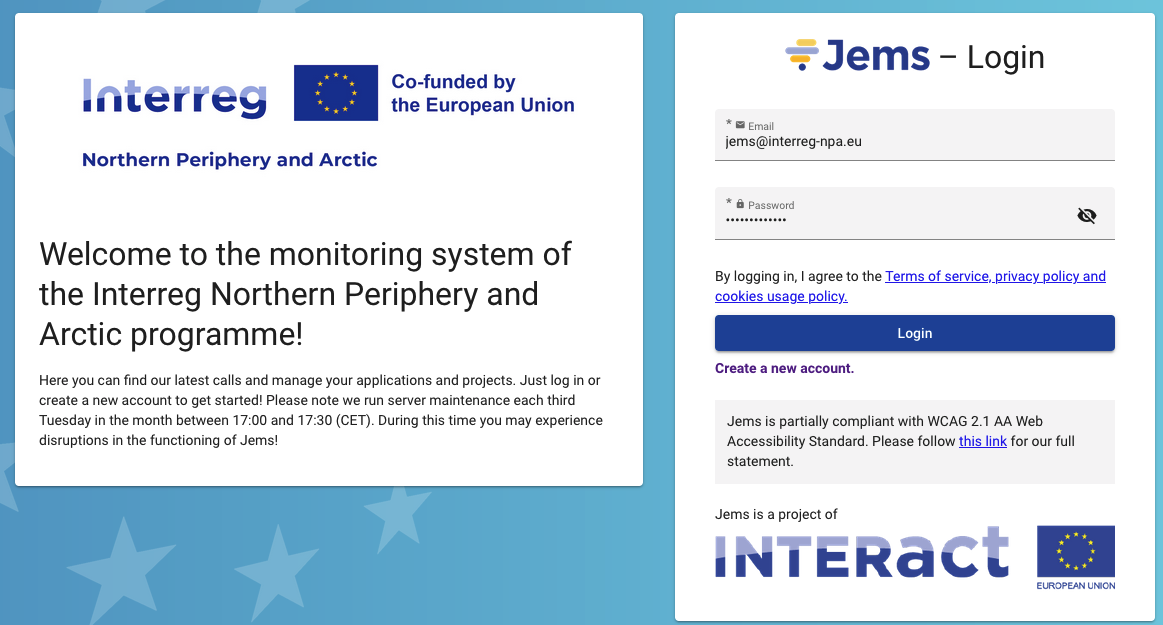Third Call Project Decisions
The Third Call for Applications closed on 26th May 2023. By the deadline, the Joint Secretariat received 9 admissible applications.
On 27th September, the Interreg NPA Monitoring Committee met in Copenhagen to decide on the applications submitted for the Third Call. The Monitoring Committee approved 2 projects out of the 9 applications received.
In total, approximately 3 million EUR was allocated, bringing the total commitment up to 32% of the programme funding.
The following projects were approved:
OatFrontiers - Adapting oats to final Frontier
Lead Partner: Natural Resources Institute Finland (FI)
Northern periphery areas (NPA) represent the final frontier where cereal cultivation can still be expanded in Northern Europe. The current growing conditions within the NPA are however also challenging to cereal production for several reasons.
Common limiting factor recognized in previous NPA project CEREAL is that there is a lack of locally adapted plant material that would improve possibilities for good quality cereal production in the NPA.
The project’s objective is to increase possibilities for oat cultivation within the NPA region. Oat is selected because it has well recognized positive health effects and its consumption for food is increasing and oat is also a resilient crop.
The project will gather and test a set of 400 oats that have unseen diversity coming from four separate sources including modern oat cultivars, landraces and crosses with wild oat relatives.
The outcomes of the project are: 1) the most suitable cultivars named from currently available oat gene pool to be used by farmers and companies within NPA, 2) new pre-breeding material for use of breeding companies that provides needed diversity for developing NPA fit cultivars, 3) genetical and pilot studies of this material to detect and understand variation caused by photoperiod and different stress factors at gene level, which will help the development of cultivars and local solutions to farming, 4) the oat R&D sector and oat producers brought together across NPA to jointly address the future challenges of oat production.
By piloting diverse oat material over the different environments of the NPA, networks of local farmers and co-operatives are made aware of the existing and future good-yielding and stress-tolerant cultivars with high quality.
NOBICC - Northern Buildings in Changing Climate
Lead partner: UiT The Arctic University of Norway (NO)
Due to climate change, the shifts between cold and mild during winter will become more frequent, winds will most likely become stronger and flawy, and the rainfall will increase. In addition, air humidity will increase. The combination of increased wind and rain may cause extra exposure of moisture/humidity to buildings.
NoBiCC wants to investigate the influence of this changes from Greenland with the arctic climate, to Island and Norway with costal climate and Sweden and Finland with inland climate in the north, because ambient conditions play an important role in the energy efficiency of buildings.
The effect of changing ambient conditions on the surface of various building wall structures will be studied using wind behaviour simulations to identify which locations in different shape of buildings are the most probable targets to extra moisture load. The project will lead to the next generation buildings and architectural designs for climate smart future.

